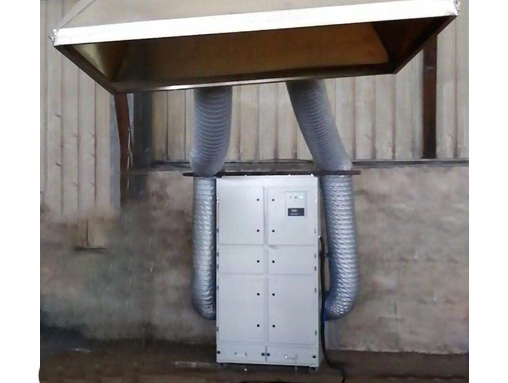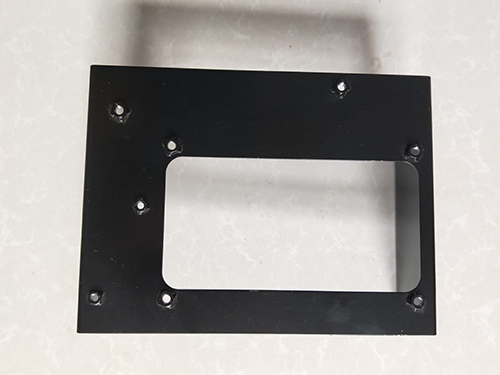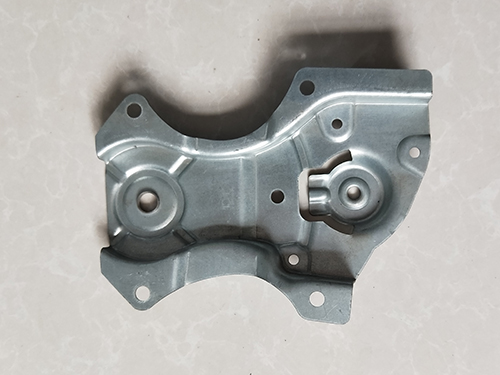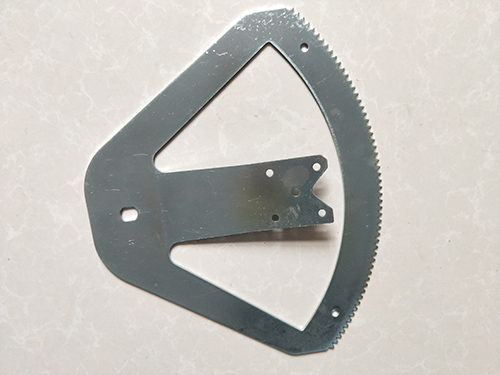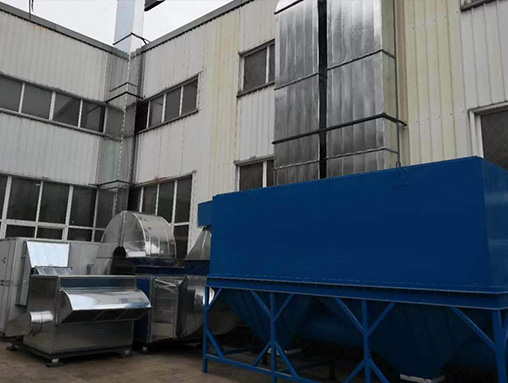Production process and braking process of metal stamping parts
1. Material selection requirements for automotive stamping parts
1) Know the types and usage characteristics of stamped parts
Before selecting raw materials for automotive stamping parts, we need to know the type and usage characteristics of the stamping part. Only in this way can we choose the appropriate metal material based on its type and usage characteristics, which can not only improve product quality but also extend the service life of automotive stamping parts and improve the efficiency of raw material use.
2) Having good production technology
In addition to selecting based on the type and usage characteristics of automotive stamping parts, it is also necessary to choose good process performance. Only in this way can the stamped parts produced have good economic practicality. The price of stamping raw materials with good production processes is relatively moderate, and people can easily afford them, unlike some production processes where the price of materials is too high, which increases the burden of raw material costs for enterprises.
3) Meet the needs of the required process
When choosing raw materials for automotive stamping parts, we need to know the mechanical, physical, and chemical properties exhibited by the mechanical parts in service. For example, when automotive stamping parts are used on frame crossbeams, longitudinal beams, carriages, etc., these parts play a basic supporting role, so we need to choose some parts with good load-bearing capacity and high load capacity.
In the production process of automotive stamping parts, cold stamping technology is commonly used to meet the needs of the times. The quality of cold stamping materials will directly determine the performance, service life, and cost of the product. So we need to keep in mind the material selection requirements and principles for automotive stamping parts, only in this way can we manufacture good automotive stamping parts.
The weight of automotive stamping parts is relatively light, and the precision of the manufactured product dimensions is relatively high. The appearance is smooth and beautiful, and does not require excessive surface treatment.
With the increasing attention of regulations and users to vehicle performance, the matching of braking performance has become particularly important. The dynamic characteristics between the pedal force applied by the driver, the stroke traveled by the pedal, and the deceleration performance feedback from the car during the braking process constitute the brake pedal feel.
2. Brake pedal sensation evaluation
2.1 Subjective evaluation
Subjective evaluation mainly includes qualitative evaluation and quantitative evaluation. Qualitative evaluation ranks several evaluation objects based on their strengths and weaknesses, while quantitative evaluation compares evaluation objectives through scoring.
2.2 Objective evaluation
Subjective evaluation relies on human perception, and human senses cannot be quantified using a unified standard. Therefore, it is important to objectively evaluate the pedal feel.
Among them, the preset force of the pedal is the operating force that causes the pedal to start displacement; The initial pedal force and pedal stroke correspond to the pedal force and pedal stroke when the deceleration of the vehicle is greater than the coasting deceleration by 0.05g; Taking the initial braking point as the zero point, the pedal force value at the moment when the vehicle decelerates to 0.5g minus the pedal force value at the initial braking point is the normal pedal force when braking to 0.5g. Similarly, the corresponding pedal stroke can be determined; The linearity of pedal force is the linear ratio between pedal force and vehicle deceleration; The pedal force at full load deceleration refers to the brake pedal force corresponding to the braking deceleration that the vehicle can obtain when the ABS is not yet activated during full load braking.
The higher the overall score of objective evaluation, the better the pedal feel of the vehicle model.
3. Optimization of brake pedal feel
The main factors affecting brake pedal force include braking efficiency, master cylinder wheel cylinder diameter, pedal lever ratio, booster assist ratio, booster initial force and jump value, and transmission efficiency. Optimizing pedal force can be achieved by adjusting structural performance parameters such as pedal lever ratio, optimizing booster assist ratio, increasing vacuum degree, adjusting the ratio of master cylinder to wheel cylinder cross-sectional area, adjusting the efficiency factor and braking radius of the brake. When adjusting parameters such as brake pedal lever ratio, master cylinder and wheel cylinder diameter, it will result in changes in brake pedal force and pedal stroke, and comprehensive analysis is required in actual matching optimization.
The main reasons that affect the working stroke of the pedal are the working stroke of the master cylinder, the gap between the booster and the master cylinder, etc. Optimizing pedal stroke can be achieved by changing the pedal lever ratio, reducing the idle stroke and clearance of components such as the booster and master cylinder, adjusting the diameter of the master cylinder and wheel cylinder, increasing the rigidity of the brake caliper, improving the compression performance of the brake pad, and selecting low expansion brake hoses.
